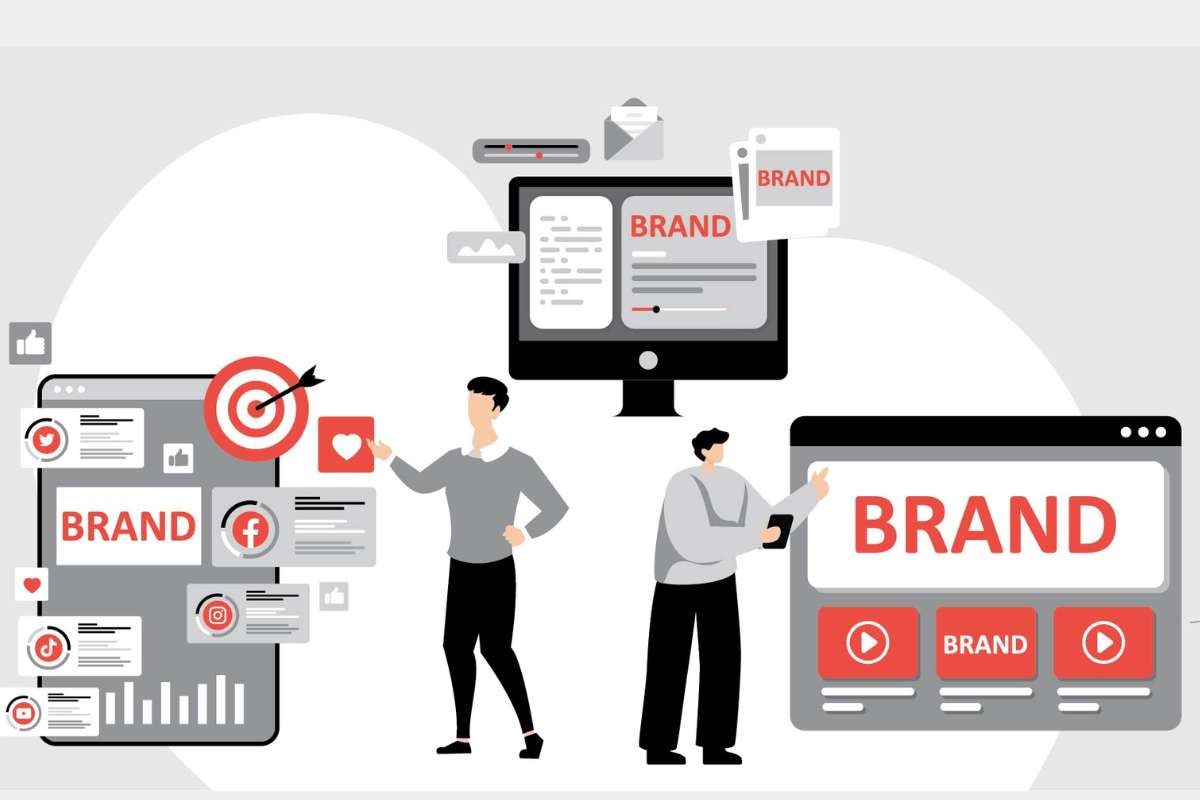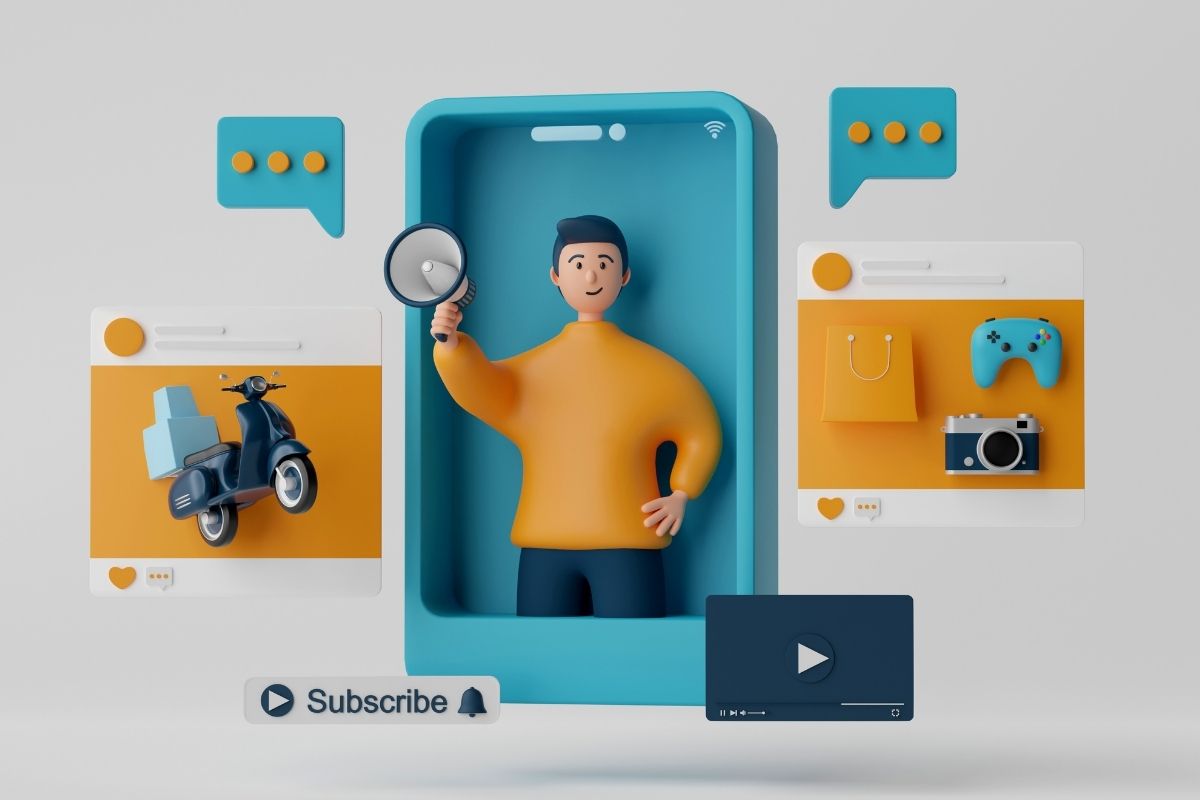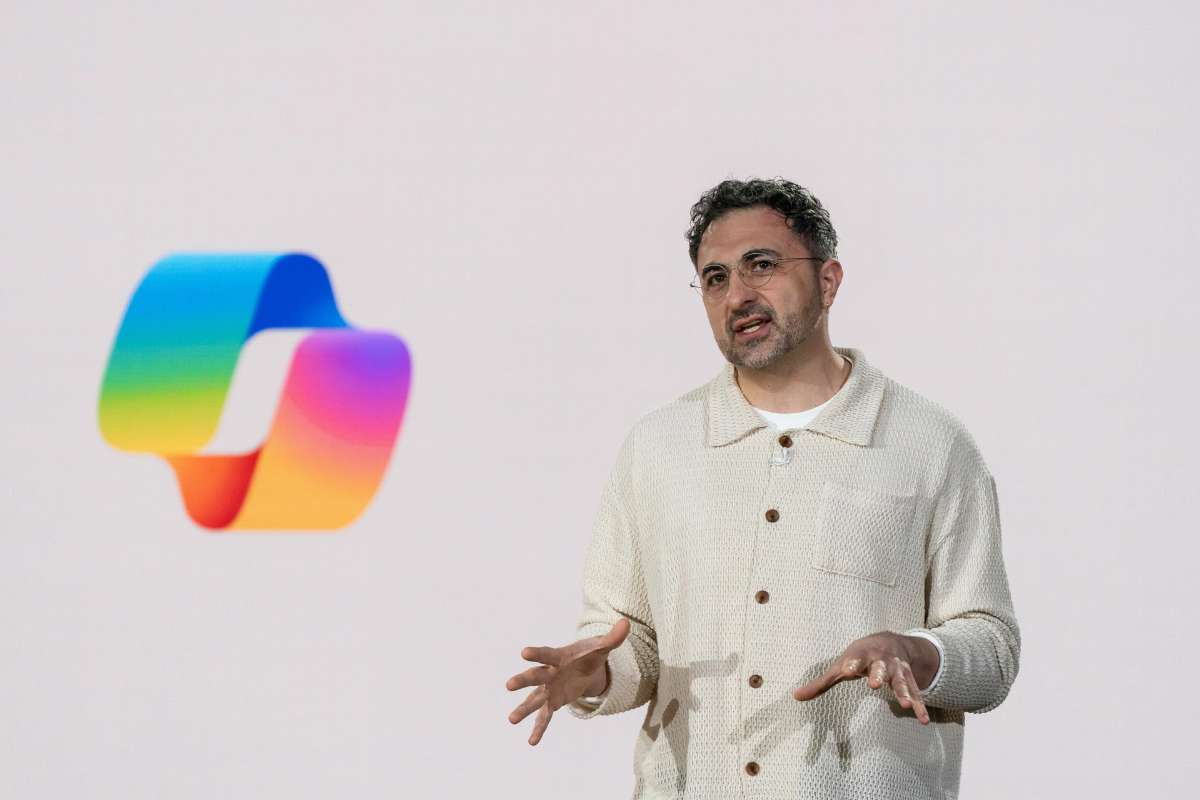In today’s digital-first world, businesses must adopt strong online marketing tactics to remain competitive. The landscape of digital marketing is ever-evolving, influenced by shifts in consumer behavior, technology, and market trends. But with so many platforms, tools, and channels available, how does one build an effective digital marketing strategy that works? This article will walk you through essential steps and best practices for crafting a digital marketing strategy that drives measurable results.
Why do You Need a Digital Marketing Strategy?
Before diving into the specifics, let’s address the “why.” A digital marketing strategy is not just a plan—it’s a roadmap for how your business will achieve its marketing objectives using online channels. Without a clear strategy, you risk spreading your resources too thin, missing out on key opportunities, or failing to target the right audience.
When you build an effective digital marketing strategy, you can:
- Reach your target audience more effectively. With the right strategy, your content, ads, and campaigns will reach the right people at the right time.
- Optimize your resources. A strategy helps you allocate your budget and efforts to channels that provide the best return on investment (ROI).
- Measure success. With clear goals and tracking mechanisms in place, you can easily measure the effectiveness of your marketing efforts.
Step 1: Define Clear Goals

The foundation of building an effective digital marketing strategy starts with defining your goals. What do you want to achieve? Common goals include increasing brand awareness, generating leads, boosting sales, or driving website traffic.
When setting your goals, ensure they are SMART: Specific, Measurable, Achievable, Relevant, and Time-bound. For example, instead of saying “I want more website visitors,” a SMART goal would be, “Increase website traffic by 25% over the next six months.” This level of specificity will guide the rest of your strategy.
Step 2: Understand Your Audience
Once your goals are clear, the next step in building an effective digital marketing strategy is to understand your audience. Knowing who your target audience is will shape how you communicate with them and on which platforms.
To gain a deep understanding of your audience, create buyer personas. These are detailed profiles of your ideal customers based on demographics, behaviors, interests, and pain points. For example, if your business sells fitness equipment, one persona might be a 30-year-old professional interested in home workouts and wellness.
By developing these personas, you can tailor your content and marketing efforts to address specific needs and concerns. This will make your campaigns more personal, relevant, and effective.
Step 3: Choose the Right Channels

An effective digital marketing strategy includes selecting the right channels to engage with your audience. Not all channels will be equally effective, so it’s important to focus on the platforms that are most relevant to your business and audience.
Key digital marketing channels include:
- Search Engine Optimization (SEO): Optimize your website content to rank higher on search engine results pages (SERPs), which helps drive organic traffic.
- Content Marketing: Create valuable and relevant content, such as blog posts, videos, or infographics, that engage your audience and provide solutions to their problems.
- Social Media Marketing: Use social platforms like Facebook, Instagram, LinkedIn, and Twitter to build brand awareness and engage with customers.
- Email Marketing: Send personalized and targeted emails to nurture leads and convert them into paying customers.
- Pay-Per-Click (PPC) Advertising: Use platforms like Google Ads or Facebook Ads to run paid campaigns that reach a larger audience.
When selecting your channels, consider factors such as where your target audience spends their time, your budget, and the types of content that resonate with your audience.
Step 4: Create Engaging Content
A core component of building an effective digital marketing strategy is producing high-quality content that engages your audience. Content is at the heart of every digital marketing campaign. Whether it’s a blog post, social media update, or email newsletter, your content needs to provide value.
Here are some tips to create engaging content:
- Focus on storytelling. Stories evoke emotions and create connections with your audience. When you tell a story, it helps humanize your brand and makes it more relatable.
- Use visuals. Posts with images or videos are more likely to grab attention and be shared on social media.
- Include a call-to-action (CTA). Every piece of content should have a clear CTA that tells your audience what to do next, whether it’s to download a guide, sign up for a newsletter, or make a purchase.
- Optimize for SEO. Incorporate relevant keywords into your content to improve your search engine rankings and increase visibility.
By producing content that resonates with your audience and serves a purpose, you’ll build stronger relationships and encourage conversions.
Step 5: Measure and Optimize

The final step in building an effective digital marketing strategy is to track your results and optimize your efforts. It’s not enough to set your strategy and forget it—continuous monitoring and improvement are key to long-term success.
Use analytics tools like Google Analytics, social media insights, and email marketing platforms to measure the performance of your campaigns. Track metrics such as website traffic, conversion rates, engagement levels, and ROI.
Once you have this data, identify areas for improvement. Are certain channels outperforming others? Are there particular types of content that resonate more with your audience? By analyzing these insights, you can refine your strategy to achieve better results.
Tips for Success in Digital Marketing
- Stay agile. Digital marketing trends are constantly evolving. Stay updated on the latest developments and be ready to adjust your strategy as needed.
- Focus on the customer experience. Ensure your digital presence is user-friendly, from your website to your social media profiles.
- Invest in paid advertising. Organic reach is important, but paid ads can help accelerate your growth and target specific audience segments.
- Leverage automation tools. Marketing automation tools can help you save time and streamline processes such as email campaigns, social media posting, and lead generation.
Conclusion
Building an effective digital marketing strategy is essential for businesses that want to succeed in today’s competitive online landscape. By setting clear goals, understanding your audience, choosing the right channels, creating engaging content, and continuously optimizing your efforts, you can craft a strategy that drives growth and delivers results.
Remember, the key to building an effective digital marketing strategy lies in being adaptable, customer-centric, and data-driven. With the right approach, you’ll be able to navigate the complexities of digital marketing and stay ahead of the competition.


















